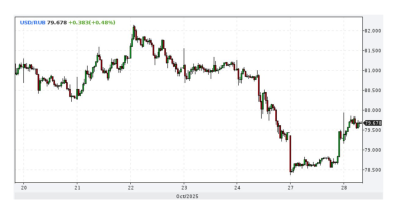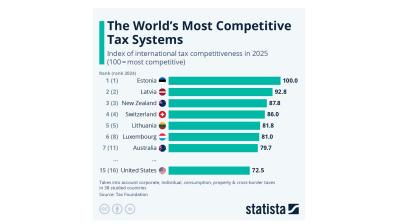The IHS Markit Russia Manufacturing PMI posted its first gain since August 2020, rising to 50.9 in January, up from 49.7 in the last month of 2020, the first gain in five months. Any result above 50 is an expansion of business.
“The latest PMI figure indicated marginal growth and was only slightly below the long-run series average,” Markit said in a press release on February 1. “The January PMI data signalled a renewed improvement in the health of the Russian manufacturing sector. Overall growth was the quickest since last August, as output and new orders returned to expansion. Also driving up the headline figure was a further marked lengthening of suppliers’ delivery times. As a result, cost pressures remained substantial, with many firms choosing to partially pass on price hikes to clients.”
Encouragingly, firms expanded their workforces at the joint fastest rate since March 2019. Business confidence, however, moderated slightly since December amid concerns regarding the ongoing pandemic, Markit said.
Production increased for the first time since last September at the start of 2021. The renewed expansion in output was often linked to stronger client demand and an upturn in new orders.
January data signalled a return to growth in new business received by Russian manufacturers, with some firms stating that orders previously placed on hold by clients due to the pandemic had been approved.
In line with greater production requirements, goods producers registered a renewed rise in employment. The increase brought an end to a 17-month sequence of job shedding. The rate of job creation was among quickest seen over the past two years. As a result, firms were able to process their backlogs of work during January. The level of outstanding business fell solidly, albeit at the slowest pace for four months.
Meanwhile, supply chain disruption worsened further in January. Lead times lengthened to the greatest extent since last May, with firms linking this to transportation delays and raw material shortages at suppliers.
Subsequently, manufacturers registered another marked monthly increase in input costs at the start of 2021. Although the rate of cost inflation eased from that seen in December, it was among the sharpest for six years.
Average selling prices rose further in January, as firms sought to pass on supplier price hikes. The rate of charge inflation was steep and the second-fastest since February 2019.
Some manufacturers responded to significant supplier price rises by cutting back on input buying in January. Others stated that stocks of purchases were used to support current production schedules. At the same time, post-production inventories also fell as firms sold from stock and were able to ship goods in a timely manner.
Finally, business confidence remained upbeat in January.
Optimism reportedly stemmed from stronger client demand and hopes of an end to the coronavirus disease 2019 (COVID-19) pandemic. That said, the level of positive sentiment moderated from that seen in December and was below the series average.
Data

Ruble strengthens as sanctioned oil companies repatriate cash
The Russian ruble strengthened after the Trump administration imposed oil sanctions on Russia’s leading oil companies, extending a rally that began after the Biden administration imposed oil sanctions on Russia in January.

Russia's central bank cuts rates by 50bp to 16.5%
The Central Bank of Russia (CBR) cut rates by 50bp on October 24 to 16.5% in an effort to boost flagging growth despite fears of a revival of inflationary pressure due to an upcoming two percentage point hike in the planned VAT rates.

Ukraine's trade deficit doubles to $42bn putting new pressure on an already strained economy
Ukraine’s trade deficit has doubled to $42bn as exports fall and imports balloon. The balance of payments deficit is starting to turn into a serious problem that could undermine the country’s macroeconomic stability.

BYD surpasses Tesla to become EV market leader – Statista
While Chinese manufacturer BYD already pulled ahead of Tesla in production volume last year, with 1,777,965 battery electric vehicles (BEV) produced in 2024 (4,500 more than Tesla), the American manufacturer remained ahead in sales.

